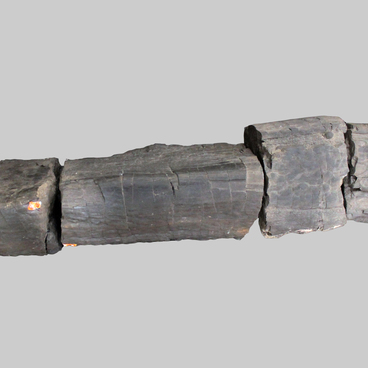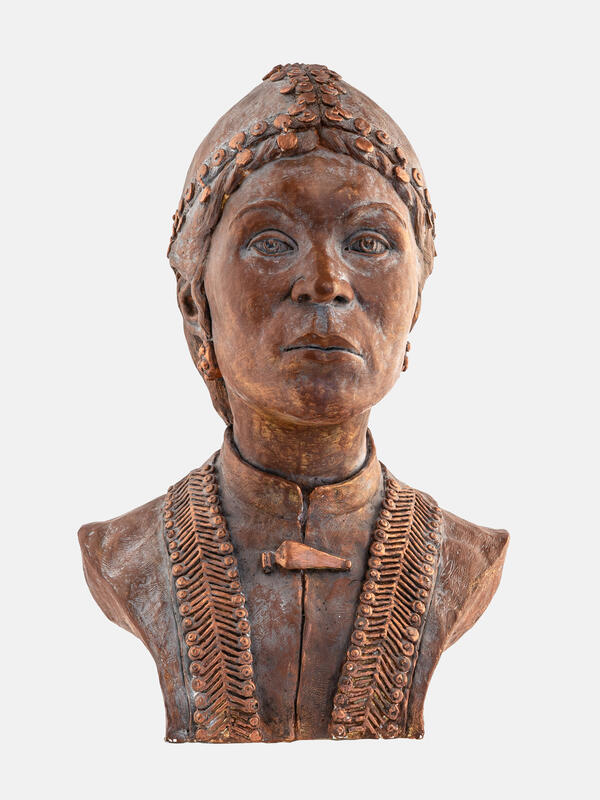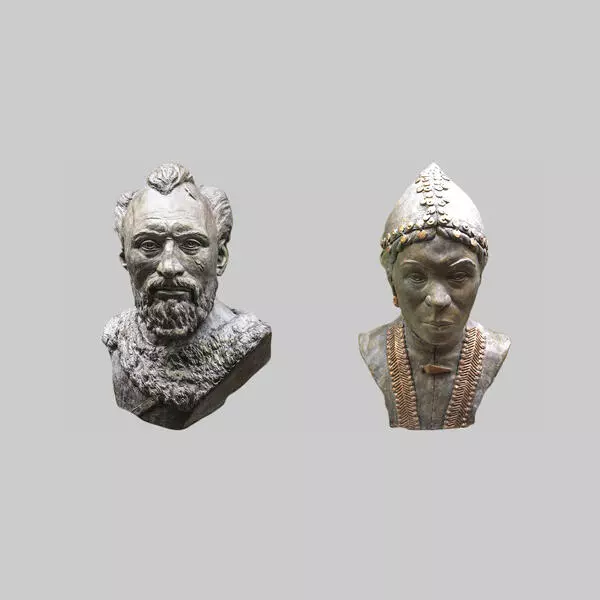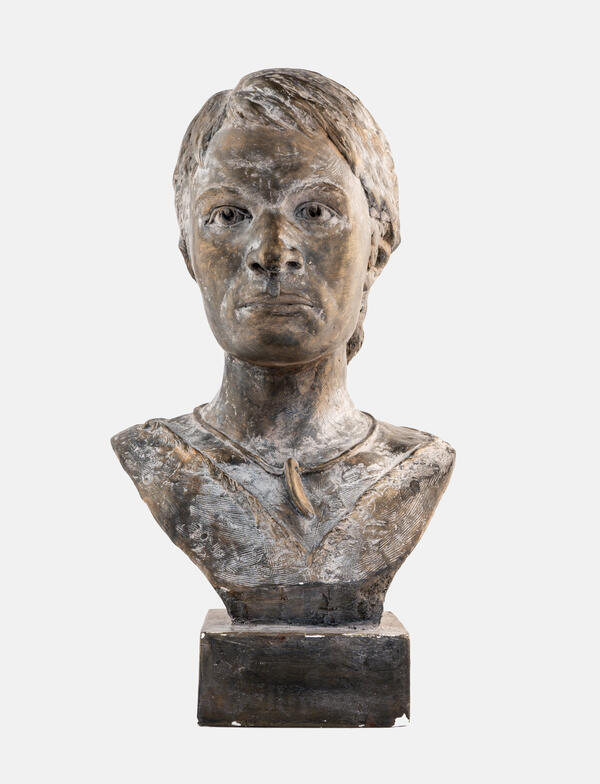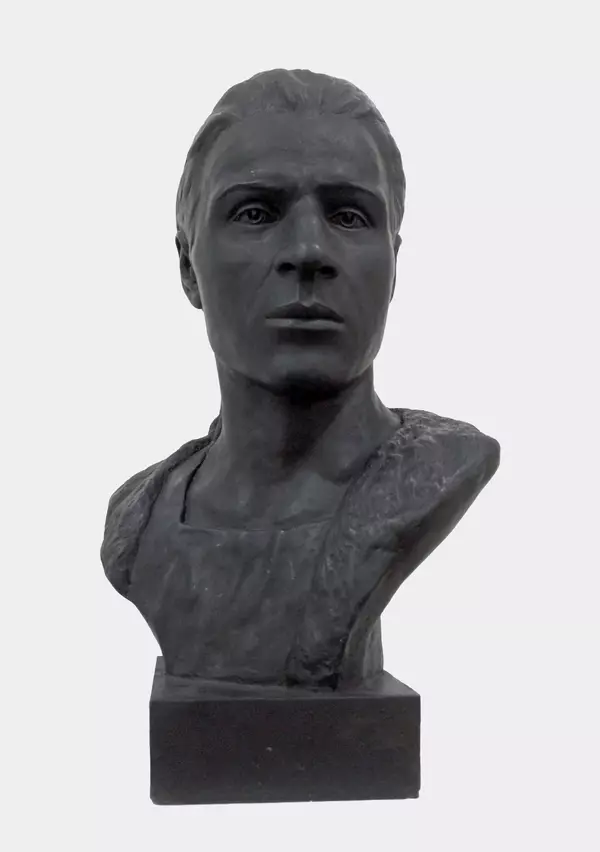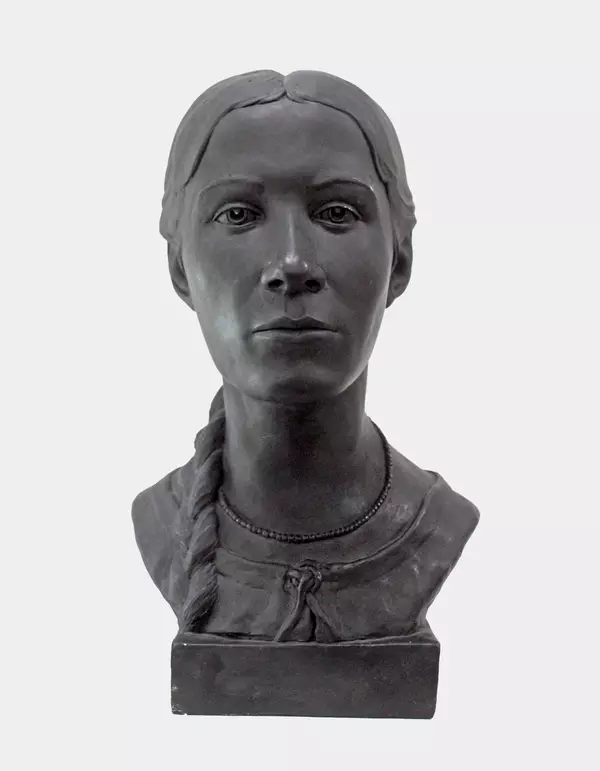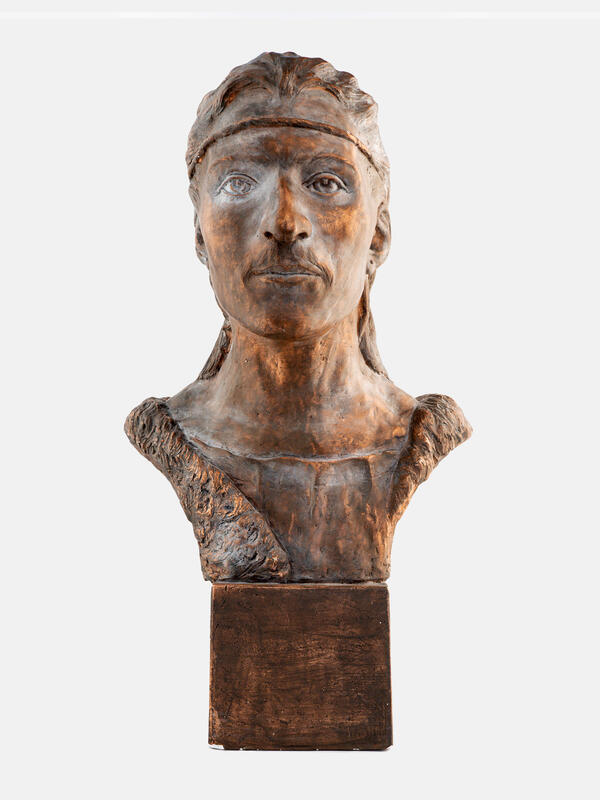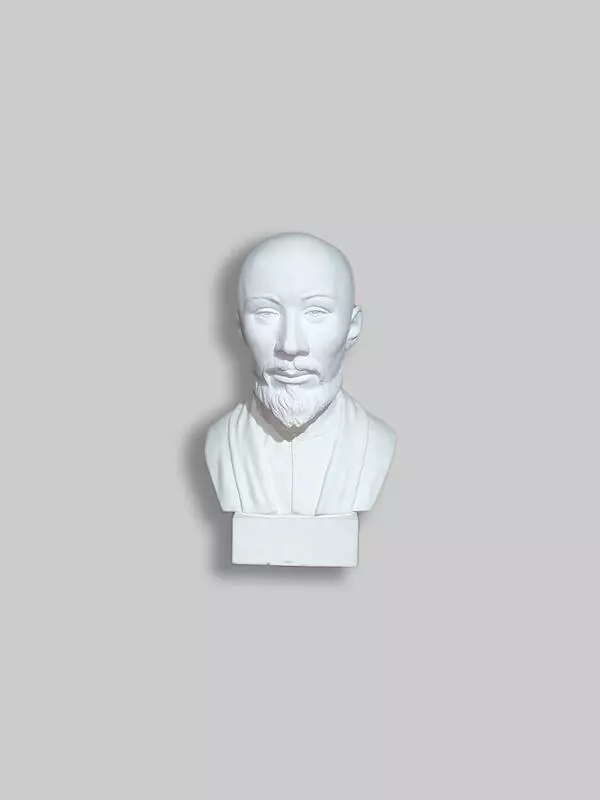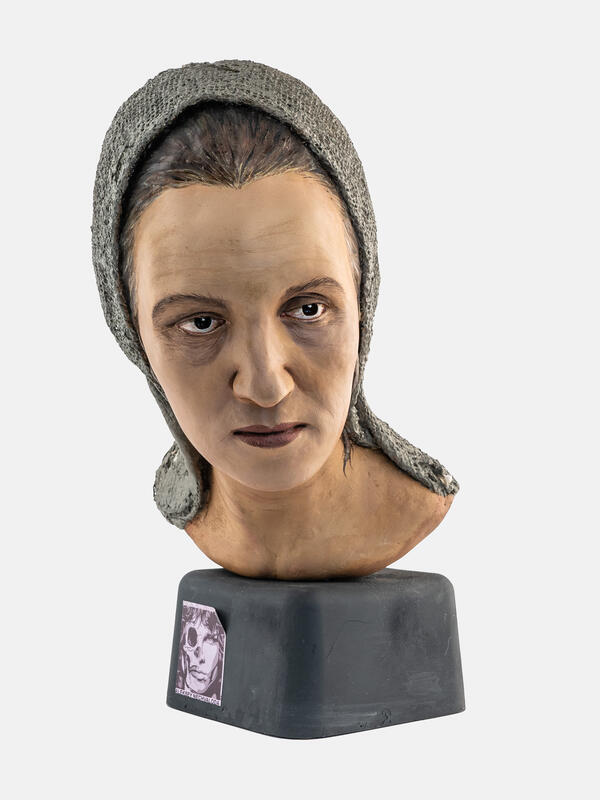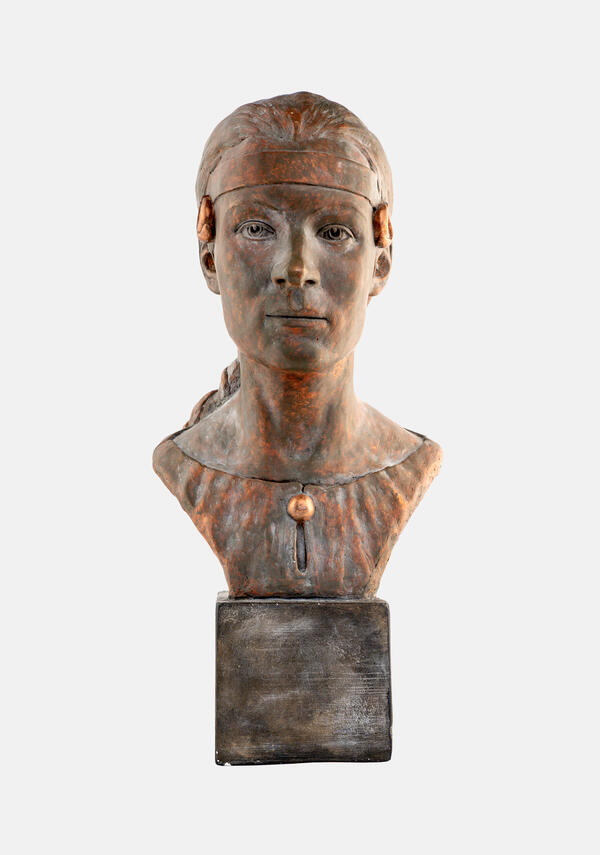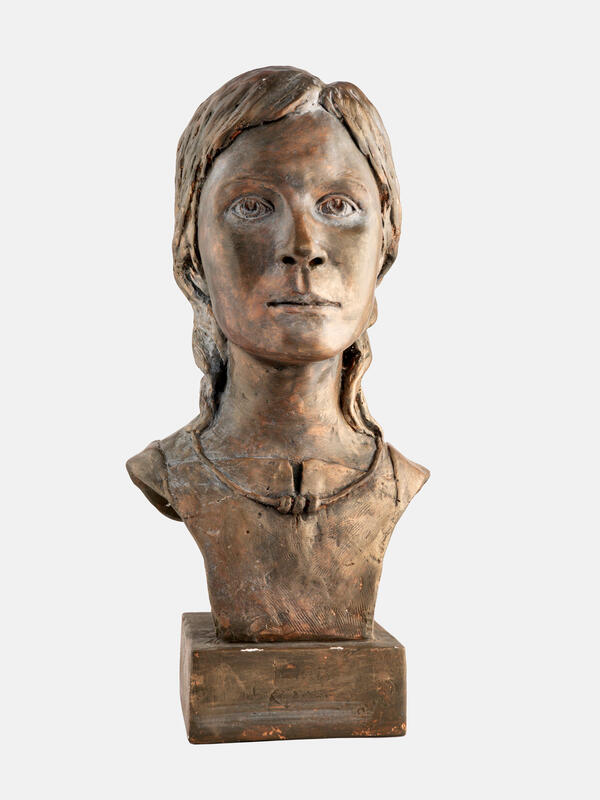In the northern regions of modern Bashkortostan, in the Belsko-Ufa-Tanyp interfluve, in the 3rd century A.D. a new archaeological culture developed. Following the first burial ground and settlement, which was researched in 1928 in the Nurimanovskiy District of Bashkortostan, it was dubbed Bakhmutin. The cult of the horse and the bear prevails in the art of Bakhmutin culture’s population. There are also anthropomorphic amulets. On the territory of Bashkortostan, there are cultural heritage sites for Bakhmutin culture in the basin of the Belaya, Bystriy Tanyp, Kama, and Ufa rivers. Those include Angasyak burial ground, the Baryazin settlement, the Bakhmutin burial ground, the Birsk burial ground, the Birsk settlement, the Kara-Abyz settlement, Kazaklarovo settlement, Kamyshin settlement, the Karatamak burial ground, the Manyak archaeological complex, and many others.
Fortified by ramparts and ditches, the settlements are located on high riverbanks, and small settlements on lower ones. Dwellings were log structures on the ground, with hearths and middens. Pottery from earlier periods is represented by small, short, round-bottomed, cup-like vessels with indented ornamentations all over the surface. Pottery from later periods is represented by large vessels of the same type with indented ornamentation, triangle-shaped pricks over the entire surface, and notches along the rim.
Most of the burial sites from earlier periods are earthen burial grounds. The Birsk burial ground is a Bakhmutin cultural heritage site. It is located on the southern outskirts of the city of Birsk, on the right bank of the Belaya River. It was discovered in 1901. As of today, about 700 burial sites have been studied. In early burial sites that date from the third to the fifth centuries, the deceased were buried in small burial pits, lying on their backs, with their heads to the northwest. In burial sites for women, archaeologists have discovered temporal pendants in the form of a question mark with a closed ring, rings and wire bracelets, bronze, iron, and silver buckles that have a round, oval shape, and beaded necklaces.
Burials for men are characterized by the presence of birch bark boxes with female jewelry (bracelets, beads, temple pendants, earrings) and knives.
The anthropological head reconstruction on display was made of liquid plastic in 2018. To create that appearance along the skull, a whole range of techniques and methods was used that incorporate the scientific developments by the anthropologist Mikhail Gerasimov.
Fortified by ramparts and ditches, the settlements are located on high riverbanks, and small settlements on lower ones. Dwellings were log structures on the ground, with hearths and middens. Pottery from earlier periods is represented by small, short, round-bottomed, cup-like vessels with indented ornamentations all over the surface. Pottery from later periods is represented by large vessels of the same type with indented ornamentation, triangle-shaped pricks over the entire surface, and notches along the rim.
Most of the burial sites from earlier periods are earthen burial grounds. The Birsk burial ground is a Bakhmutin cultural heritage site. It is located on the southern outskirts of the city of Birsk, on the right bank of the Belaya River. It was discovered in 1901. As of today, about 700 burial sites have been studied. In early burial sites that date from the third to the fifth centuries, the deceased were buried in small burial pits, lying on their backs, with their heads to the northwest. In burial sites for women, archaeologists have discovered temporal pendants in the form of a question mark with a closed ring, rings and wire bracelets, bronze, iron, and silver buckles that have a round, oval shape, and beaded necklaces.
Burials for men are characterized by the presence of birch bark boxes with female jewelry (bracelets, beads, temple pendants, earrings) and knives.
The anthropological head reconstruction on display was made of liquid plastic in 2018. To create that appearance along the skull, a whole range of techniques and methods was used that incorporate the scientific developments by the anthropologist Mikhail Gerasimov.



